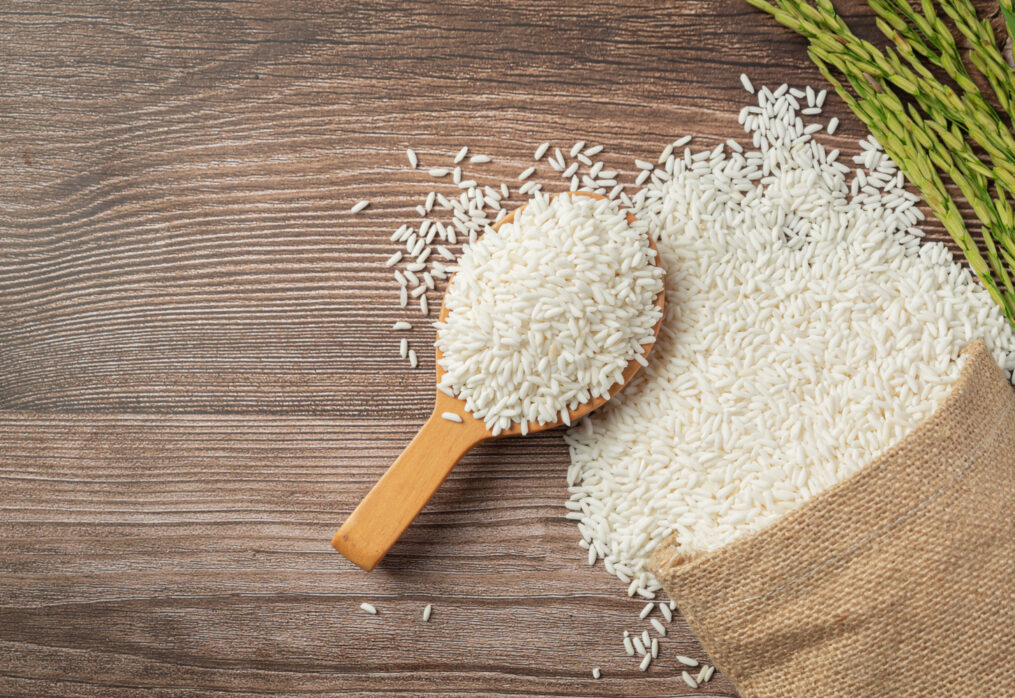India wants to stabilise rising rice prices for the domestic market
Rising rice prices in India linked to grain shortage
Rising rice prices in India are forcing local authorities to take unpopular steps to tighten market regulation. For example, the government is considering a ban on rice shipments. The restrictions could affect almost all varieties of the crop. Reducing price volatility in the domestic market caused by grain shortages.
According to Bloomberg, the exception could be the Basmati variety. The ban will affect around 80% of India’s exports.
In 2023, the price of rice on the retail market in the country’s capital rose by 15%. The average price increase in the country was around 8%. The main reason for the price increase was adverse weather conditions. It reduced the quantity and quality of the crop. Moreover, according to forecasts, this situation could continue in 2024.
The impact of weather on rice production
The main threat to crops in India is the El Niño weather phenomenon, which occurs periodically in the Pacific Ocean. This season, it is causing higher temperatures and drought. Drought significant impacts on India’s rice-growing regions. This situation has caused concern among major crop buyers — the Philippines, Indonesia and China. As a result, they rushed to buy rice before the price soared. However, Bloomberg analysts note that the cost of the grain is already at its highest level in two years.
El Niño is causing an increase in the temperature regime in South Asia. This has a negative impact on the production of the region’s main crops. In 2019, due to the influence of El Niño, India experienced a severe drought that caused significant damage to the economy.
Impact of the rice export ban on the world market
India supplies about 40% of the world’s rice. So importers will feel the impact of export restrictions. On the one hand, the ban will allow the Indian authorities to regulate prices domestically. But it could also raise the cost of the crop globally. First, importers from the Asia-Pacific region, which are the key rice consumers, will feel the price fluctuation. Experts believe that Cambodia, the Philippines, Laos and other countries will most feel the ban’s impact. These countries are considered major rice consumers. And their economies are highly sensitive to rising grain prices. The way out of this difficult situation could be increased exports from other producers. Such as Thailand and Vietnam.
Will the ban affect India?
As for the impact of the export ban on the Indian economy, this will not be severe for several reasons:
1. The key variety in terms of profitability for the country is Basmati. The government controls around 85% of its exports. There is no ban on this variety.
2. India wants to take its place as one of the world’s largest agri-food producers. To do so, it must position itself as a supplier of elite grains while sacrificing cheap varieties without suffering any noticeable damage.
The grain export situation may stabilise without serious consequences for the stability of the world market and the leading importers.
